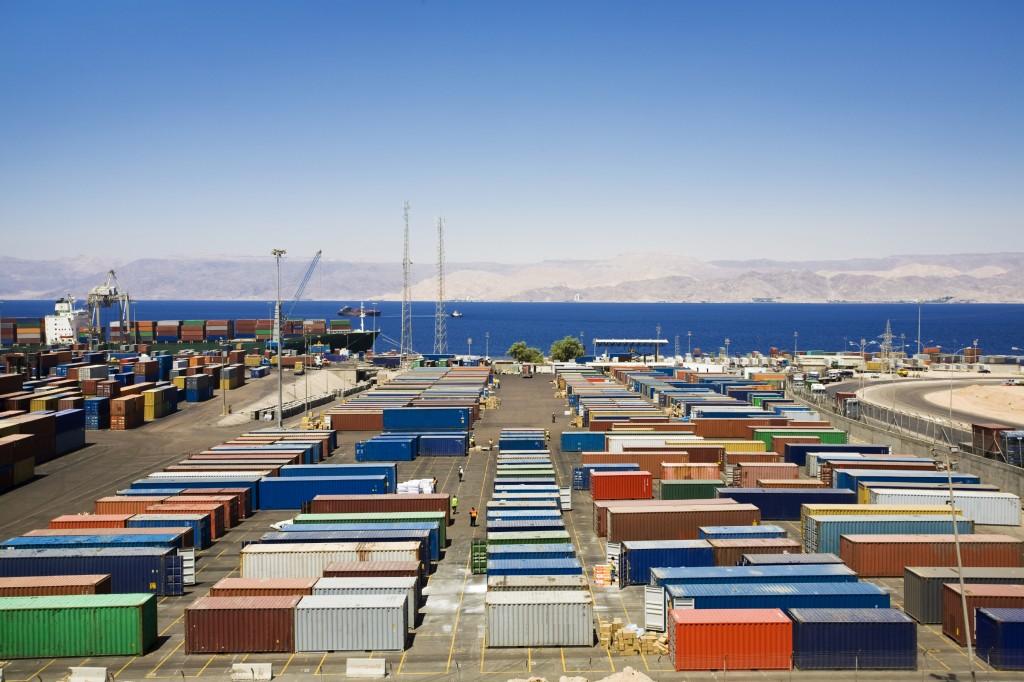Are you on the fence about consolidating freight in Asia?
Here are some questions that will help you determine whether you should consider implementing a consolidation program overseas:
- Do you send multiple less-than-container load (LCL) shipments each week or month?
- Are these shipments going out of the same port?
- Are these shipments going out around the same time each week or month?
- Are you spending too much on LCL shipments?
- Do you wish you had more control over the shipping process?
If you answered yes to any of these questions, then you can benefit from consolidating LCL shipments into full container load shipments. LCL shipments are the most expensive form of shipping after air. Having multiple LCL shipments from the same port will add up very quickly. To avoid racking up additional charges, implementing a consolidation program overseas makes sense.

With a consolidation program, a shipper has access to different options on when to move out freight. Most consolidators offer two weeks of free storage, sometimes even more. You will ultimately pay less for storage than what you will pay if you are shipping multiple LCL shipments a month. The cost saved when shipping full container loads far outweighs any storage related costs.
Another reason to use a consolidation program is that a lot of the value added work can be done overseas before the product is exported, such as kitting, labeling, tagging or repackaging. While these things can also be done in the U.S., there are better labor rates overseas.
Starting a Consolidation Program
Studying your supply chain and determining whether you should consolidate can also help you decide the optimal location to start your program. Your evaluation should reveal the origin port from where you ship the highest number of LCL shipments. This is the best place to start consolidating your freight.
Choosing a Consolidator
Choosing a consolidator will come down to location. Do you want to work within a warehouse space that is near the port or near the manufacturing plant?
Often times warehouse are located close to ports because it makes it simpler to work with the ocean carriers for the pick-up and return of containers.
In some cases, though, there may be an advantage to having a warehouse further inland closer to manufacturing plants. The benefit is lower transportation rates. When a vendor’s terms are FOB, the price of having freight delivered, whether it be to a warehouse or the port, is built into the cost of the goods. By having a shorter delivery route, you may be able to negotiate lower pricing per item, because it will cost the manufacturer less to ship to the warehouse than all the way to the port.
Written by Lee Williams, Ryder Supply Chain Solutions
Lee Williams is a Director of Business Development for the Retail Division of Ryder Supply Chain Solutions. Lee’s background and experience includes international logistics, international freight consolidation and Asia origin services.

